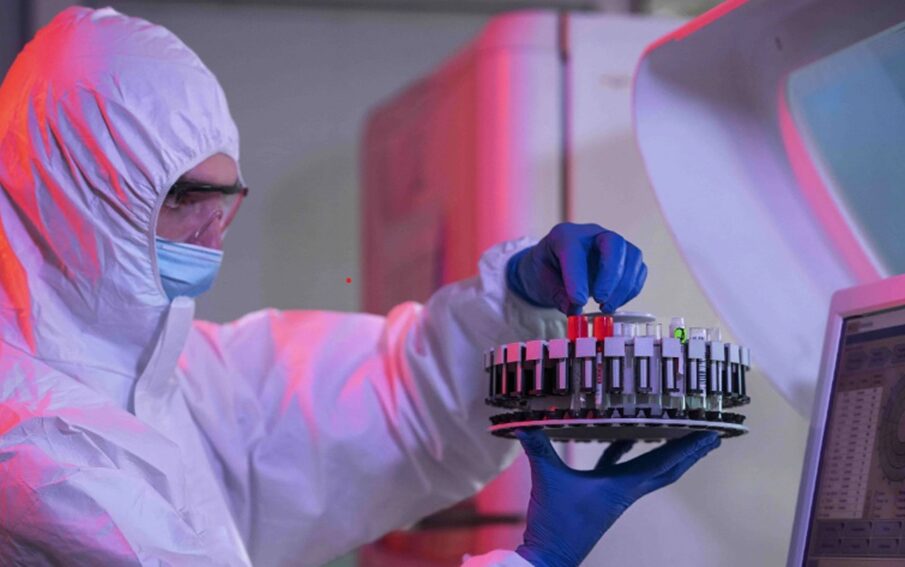Due to their wide range of applications in medicine, science, and research, peptides need special care when it is time to store and handle them. This guide offers a comprehensive look at the best practices to ensure the integrity and effectiveness of peptides. The guide also places a high priority on the safety of researchers and practitioners.
Safety Protocols
Before tackling details such as handling and storage, it is important to establish safety protocols. Researchers and laboratory personnel should understand the risks associated with working with peptides. This includes understanding the chemical properties of peptides, allergenicity, and laboratory safety guidelines.
Personal Protective Equipment
When handling peptides, it is important to wear the right personal protective equipment. This includes lab coats, gloves, safety glasses and in some instances respiratory protection. PPE guidelines reduce exposure risk and create a safe work environment.
Peptide Storage
Storage of peptides plays a crucial role in their effectiveness and stability. Temperature, humidity, and light can affect peptides. Store peptides for long-term storage in a dark, dry, and cool environment, typically between -20degC and -80degC. You can store peptides for a limited time at higher temperatures, but it is important to consult your peptide provider’s specific guidelines.
Container Selection
The right container is crucial for peptides. Use vials or containers that will not interact with peptides. Avoid glass containers as they can cause peptides adhering to their surface. Choose plastics such as polypropylene or polyethylene that are inert.
Reconstitution of Diluted Materials
Peptides are available in lyophilized form and require reconstitution. Use the solvent and concentration recommended by the supplier. Reconstituted peptides should be used as soon as possible in order to prevent degradation.
Handling Procedures
Avoid contamination by following good laboratory procedures when handling peptides. Use calibrated measuring equipment and aseptic techniques. Document the procedures in great detail. Standardized handling procedures increase reproducibility and reliability.
Transportation and Shipping
When transporting or shipping Peptides, be sure to adhere to all packaging guidelines and regulations. To avoid contamination or breakage, package peptides securely. Follow the shipping guidelines provided by regulatory agencies or peptide providers to maintain the integrity and high quality of peptides.
Waste Disposal
To maintain a safe and eco-friendly laboratory, it is essential to properly dispose of peptides. Dispose of peptide waste in the appropriate container. Use the guidelines provided by your institution for disposing of waste. Follow local regulations and be aware of the potential hazards of certain peptides.
Documentation and records-keeping
Documentation is vital for the safe handling of peptides. Keep detailed records of the storage conditions, handling procedures, deviations, or incidents. Documentation is essential for quality control, troubleshooting, and regulatory compliance.
Any research or laboratory environment must include safety, storage and handling of peptides. Researchers can make the most of these peptides if they adhere to strict safety protocols, and strictly follow the storage and handling procedures. This guide will provide you with a complete reference to help you realize the full potential in a safe and controlled laboratory environment.
This article was written by a peptide professional from Domestic Peptides. Looking for High-Quality Peptides and Research Chemicals for sale? Well, look no further. Welcome to Domestic Peptides where you’ll find a huge selection of Research Peptides for sale and Research Chemicals for Sale, all made in the USA.




